With no permanent venue for architectural discussion since the closure of The Lighthouse, Rab Bennetts calls for a renewed public platform to reconnect design, policy and civic engagement in Scotland
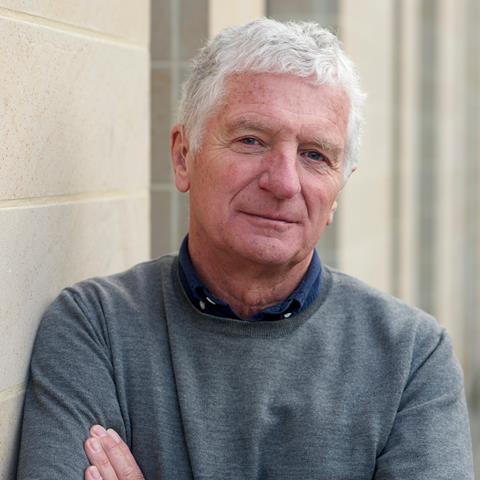
The tension between regional identity and international ‘branding’ is never far from the surface of architectural debate in Scotland, and I touched on the wholly positive influences of climate and materials in a previous article. However, whilst I’m conscious that modern buildings in, say, Norway or the Netherlands have a tangible consistency, the same can’t be said of Scottish architecture beyond the smaller scale.
The distinctiveness of both those countries doesn’t remotely imitate the past, and confidence is self-evident. Moreover, both have a strong design culture, supported by public venues for architectural debate and display. Elsewhere too, architecture centres (or ‘urban rooms’) exist in Copenhagen, Paris, Milan, London, Bristol, and closer to home in Newcastle, whereas Scotland currently has none, following the demise of The Lighthouse in Glasgow.
Amsterdam is comparable to Edinburgh in that it has a stunning historic centre and many tourists, but it also has interesting new suburbs, many of which are on land reclaimed from the sea. The architecture centre, ARCAM, is a newish public pavilion on the waterfront near the centre with a healthy diet of exhibitions, events, and a bookshop.
At a political level, significant planning applications are vetted by what is known as the ‘Beauty Committee’, which is, in effect, a planning committee chaired by an eminent architect. (Appearing in front of the Beauty Committee a few years ago for a project in the city was a memorable experience!)
Design guidance and masterplan frameworks for the centre and the new suburbs are impressive. Similarly, in Oslo, the highly successful waterfront developments were the result of much public interest and scrutiny, although the more central commercial ‘strip’ near the station is less convincing.
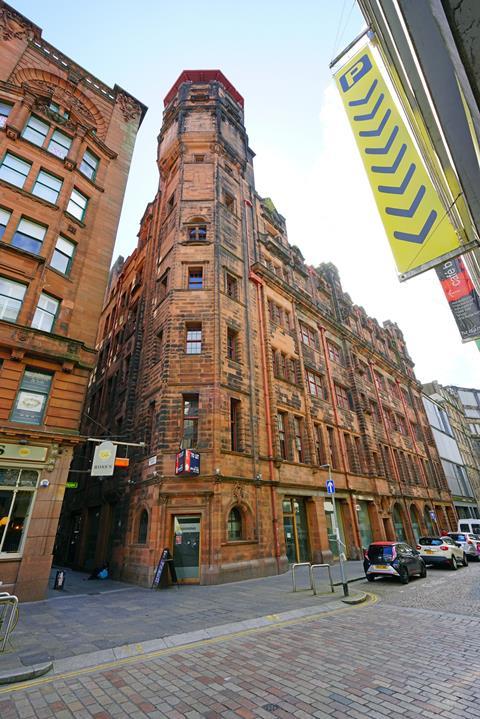
The absence of any kind of architecture centre in Scotland’s four big cities must contribute to a lack of public engagement and, arguably, a lack of ambition. Glasgow, despite having large areas of urban decay that are begging for development, doesn’t have anywhere outside the municipal offices to display what is proposed or show off the quality of what has been achieved in places like the Gorbals.
Neither does Edinburgh have a permanent venue for public display of planning applications or policies, relying instead on one-off consultations, nor does it have a gallery to explain the city’s architectural history and importance to its four million annual tourists. The ‘urban room’, once located in the council’s offices when Terry Farrell was an adviser, disappeared some years ago.
Back in 2004, Denise and I helped Peter Murray and others establish the London Architecture Biennale, which then grew under his leadership into the hugely successful New London Architecture. When we moved north, with this example to call on, we formed a charity with several others called SpACE to get something started in Edinburgh.
The acronym stands for Space for Architecture, Carbon and Environment and, while COP26 was in Glasgow in late 2021, SpACE became a pop-up exhibition and events venue in Edinburgh, located in the highly visible former fire station at Edinburgh College of Art. Open for five weeks in the gap between Covid lockdowns, the final tally showed that SpACE had 3,500 visitors and hosted 55 events.
This was a short-term pop-up, but the energetic Archifringe has been around for nearly ten years, with an admirable emphasis on community and anti-elitism, hosting dozens of events across Scotland over a two-week period every couple of years. The annual Royal Scottish Academy lecture on architecture is also always a sell-out.
The point of mentioning these examples is simply to demonstrate that there is a substantial pent-up demand for a permanent architecture centre in Scotland.
Among the many lessons we learned at SpACE were, first, the public and even some politicians are really interested in the built environment; second, a public venue like this should be multi-sector and multi-disciplinary instead of purely architectural; third, even in Scotland’s incredibly tight economy, modest levels of funding can be unearthed from numerous private and public sector bodies alike.
In many respects, the pop-up version felt like a meeting point for a fragmented industry. It required an enormous voluntary effort at the time but, together with Archifringe, it is now possible to point to ‘proof of concept’ for any future iterations.
Returning to the issue of identity, I certainly can’t claim there is a direct causal link between public architecture centres and better patronage of architecture, but Scottish architects seem in little doubt that public sector work in particular has got harder as the link between good procurement and better buildings has simply disappeared.
It doesn’t need a project as substantial as The Lighthouse to kick-start a public discussion about Scottish architecture, but an independent, agile, visible architecture centre could be the catalyst that’s required.
Postscript
Rab Bennetts co-founded Bennetts Associates in 1987 with his partner Denise Bennetts.


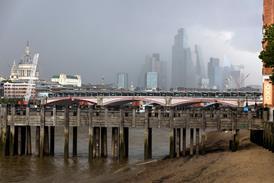
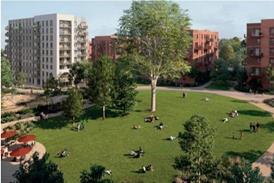
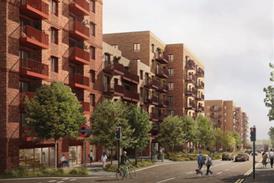
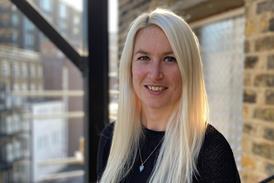

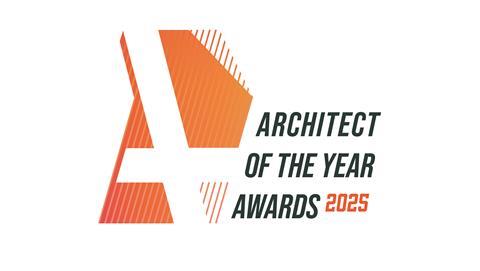
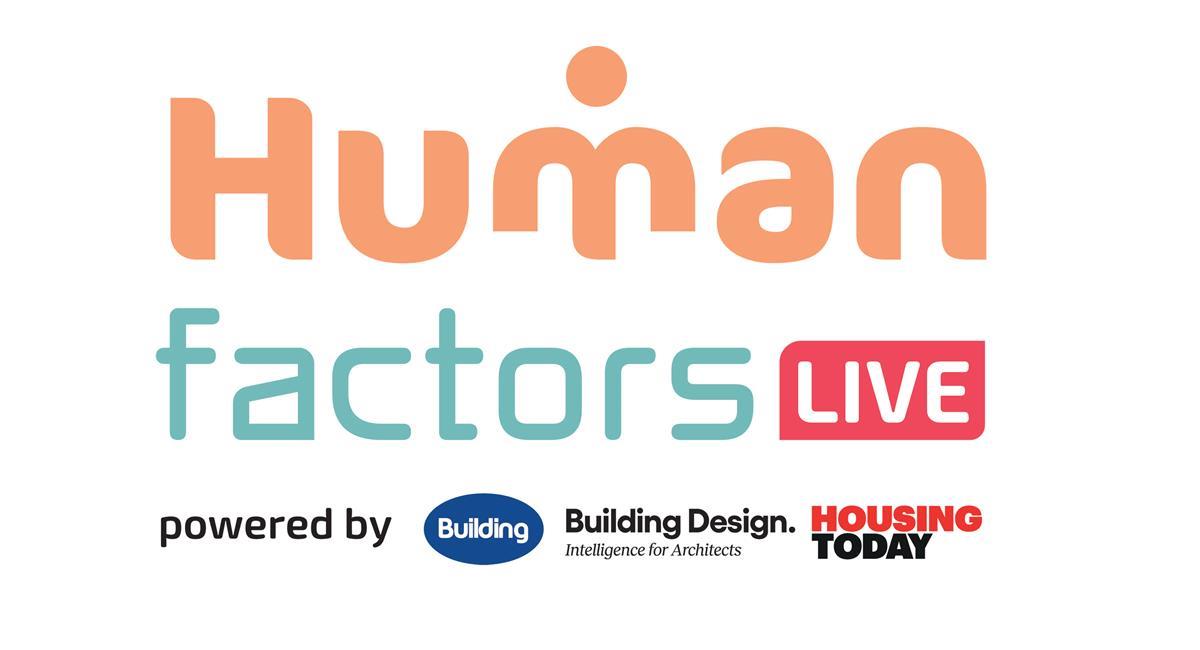







No comments yet